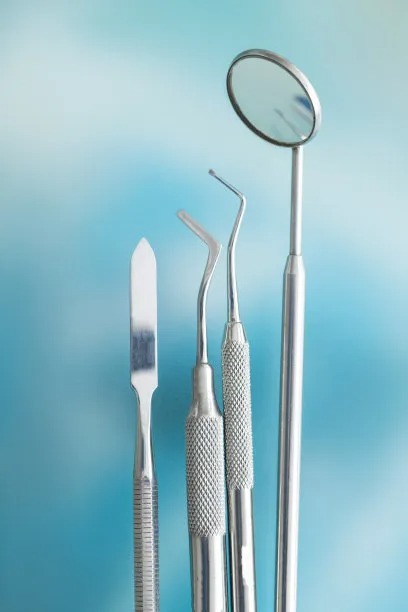The Essential Guide to the Tooth Extraction Process and Post-Operative Care for a Smooth Recovery
Summary: The extraction of a tooth, while often a necessary procedure to maintain oral health, can be daunting for many. This guide provides a comprehensive overview of the tooth extraction process, detailing what to expect before, during, and after the procedure. It outlines essential aspects such as preparation, the extraction process itself, post-operative care for a smooth recovery, and signs to watch for after surgery. Understanding each phase of tooth extraction can ease anxieties and ensure better healing outcomes. This guide empowers patients with knowledge, setting them on the path to a healthier smile.
1. Preparation for Tooth Extraction

Before undergoing a tooth extraction, proper preparation is critical. This involves consultation with your dentist, who will assess your dental health and discuss the reasons for extraction. Your dentist will likely take X-rays to analyze the tooths position and determine the best extraction method.
Moreover, it is essential to discuss any medications you are taking or medical conditions you have with your dentist. Certain conditions or medications can affect the extraction process and recovery, so full transparency can help your dentist plan appropriately.
Additionally, patients are usually advised to arrange for someone to accompany them on the day of the procedure. This is especially important if sedation is used, as you may feel disoriented post-procedure and will need a ride home.
2. Understanding the Extraction Process
The extraction process itself can vary depending on the complexity of the tooths condition. Simple extractions involve removing a tooth that is visible and easily accessible, usually performed under local anesthesia. Your dentist will numb the area and gently remove the tooth using specialized tools.
In contrast, surgical extractions are more intricate and may involve teeth that are broken below the gum line or have not erupted fully. In these cases, general anesthesia might be administered, and the dentist will make incisions in the gum to access the tooth.
Throughout the procedure, your dentist will continuously monitor your comfort levels and ensure you are not in pain. The extraction typically takes only a short time, but the care and attention to detail can greatly affect the outcome of your recovery.
3. Post-Operative Care for Successful Recovery
Post-operative care is crucial in minimizing pain and preventing complications after a tooth extraction. Immediately after the procedure, you will be given gauze to bite down on to control bleeding. It鈥檚 important to keep this gauze in place for the amount of time recommended by your dentist.
Rest is essential. Avoid strenuous physical activities for at least 24 hours to allow your body to heal. It is advisable to keep your head elevated, even while resting, as this can help reduce swelling.
Diet plays a significant role in recovery as well. For the first few days, you should stick to soft foods and avoid hot, spicy, or crunchy items that could irritate the extraction site. Ensuring proper hydration without using straws鈥攚hich can dislodge the blood clot鈥攊s also critical during this period.
4. Recognizing Signs of Complications
While most tooth extractions heal without issues, recognizing potential complications early can be vital. Common signs that may indicate a problem include excessive bleeding, severe pain that doesnt improve with medication, and signs of infection such as fever or pus discharge.
Another concern is dry socket, a painful condition that occurs when the blood clot at the extraction site becomes dislodged too soon, exposing the bone underneath. Symptoms often manifest a few days after the extraction and may include intense pain radiating from the site.
If you experience these symptoms, it is crucial to contact your dentist immediately. Timely intervention can reduce discomfort and ensure the best possible recovery pathway.
Summary:
In conclusion, understanding the tooth extraction process from preparation to post-operative care is essential for patients. Knowledge empowers individuals, allowing them to navigate their extraction smoothly and recover effectively. Following recommended guidelines ensures a healthy recovery while recognizing signs of complications can help address any concerns promptly.
This article is compiled by Vickong Dental and the content is for reference only.



